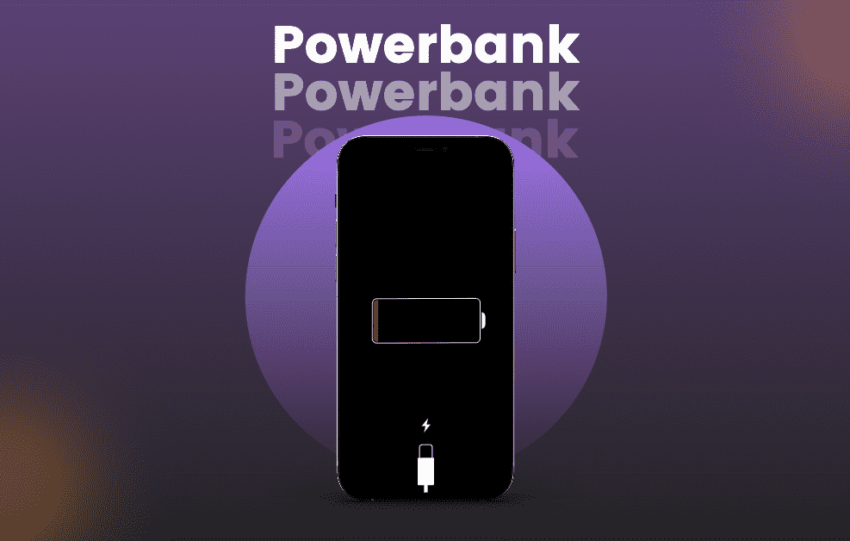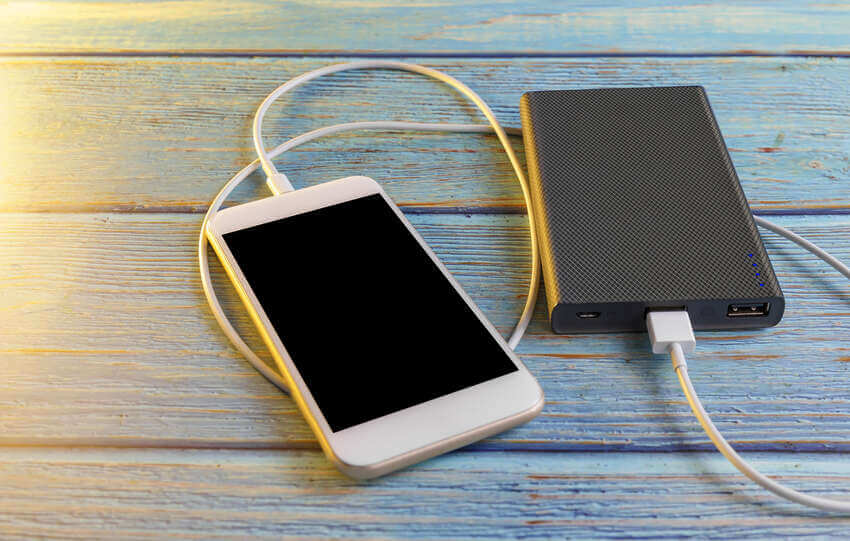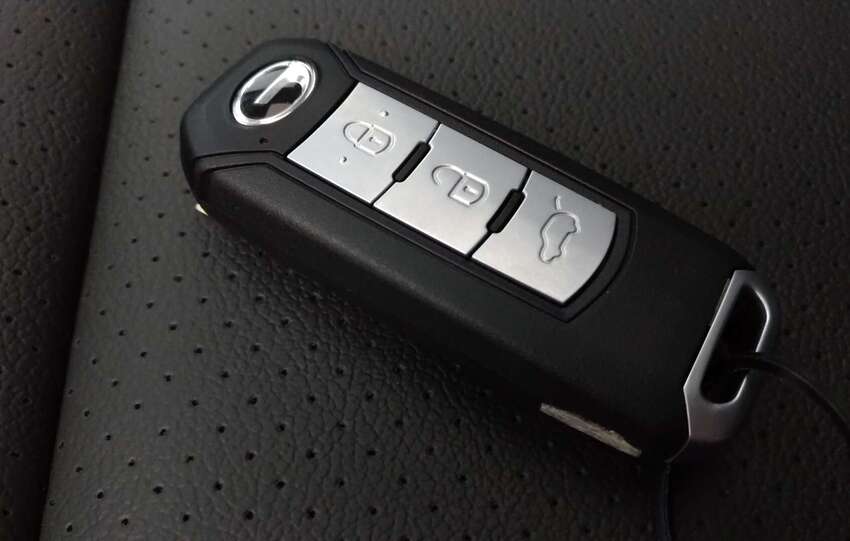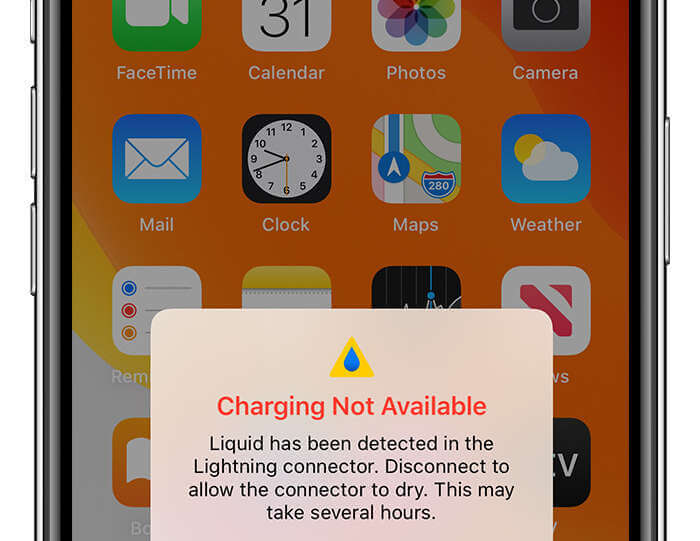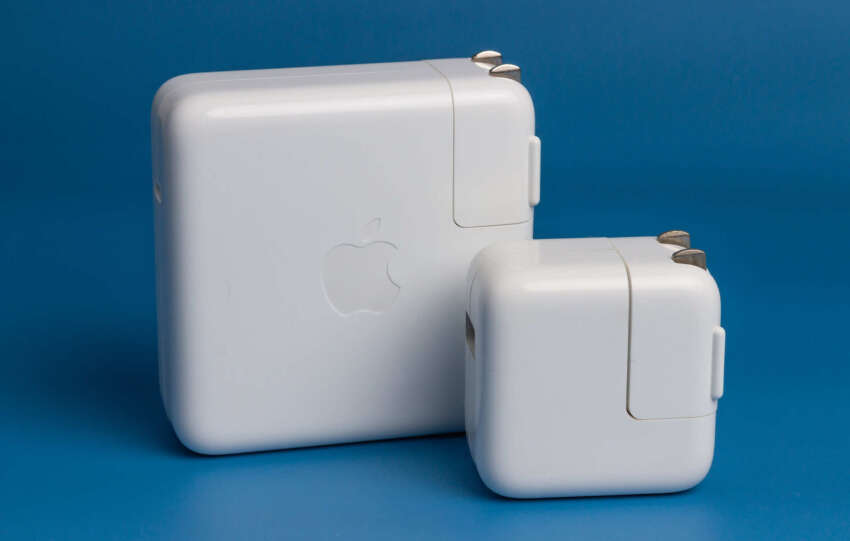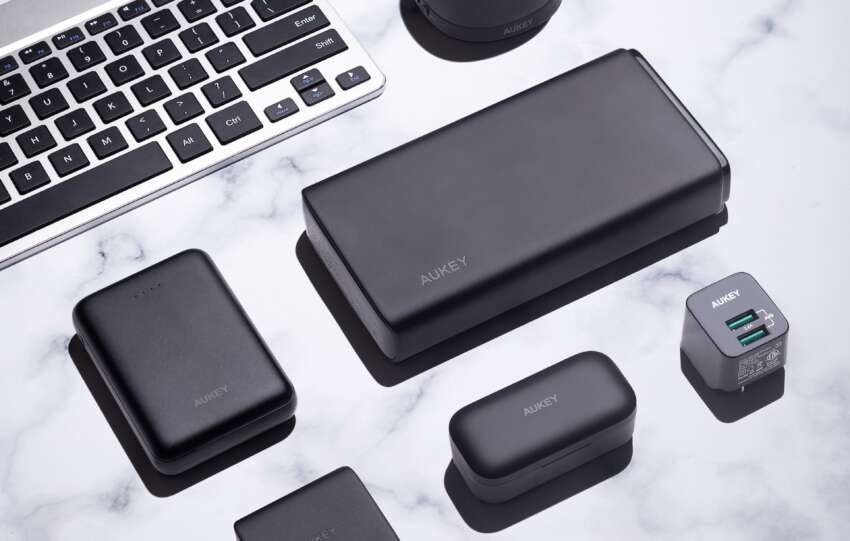Share This Article
The modern rechargeable battery uses lithium-ion chemistry which offers higher energy densities and also faster charging methods than nickel-cadmium or nickel-metal hydride batteries.
The popular Samsung Galaxy S6 and the LG G5 both have fast charging technology that can bring their battery to at least 80% capacity in about 30 minutes.
But how many milliamps of current is required to charge a phone?
It depends on the phone, its manufacturer, as well as the type of charger used.
For example, Apple’s iPhones use USB Power Delivery for fast charging over a wall socket and the new iPhone X supports this too with its proprietary charger.
With that in mind let’s take a look at how many milliamps are needed to fully charge a modern smartphone based on different factors such as its size, brand, model year and more.
How Many Milliamps Are Needed to Charge a Smartphone?
A mix of factors like the size and brand of a smartphone, its model year, charger used and more will determine how many milliamps are needed to charge a phone.
For example, when it comes to charging a Samsung Galaxy S6, you’ll need about 2amps for fast charging.
This means that if your device charges at 5amps or less you should use a USB Power Delivery charger with the new iPhone X.
If you’re using a USB Power Delivery charger then you’ll need 4amps or less to fully charge your phone (5amps is too much).
USB Power Delivery
The USB Type-C port has a maximum output of 5V/3A. This means that a USB Power Delivery charger that supports the standard will typically charge at up to 3A current.
If you want to be able to fast charge your phone with the fastest possible speed, then you need to use a charger that can generate at least 5V and 3A.
Quick Charge technology
Quick Charge technology provides faster charging than traditional charging methods. Quick Charging is a fast-charging technology that uses higher current levels to charge the battery.
One of the most popular smartphone manufacturers, Samsung Electronics, offers this feature on their smartphones with models such as the Samsung Galaxy S6, Galaxy Note 5 and Galaxy S7.
The fast charging rate for these devices is about 10 watts per 1A compared to 5W for standard charging methods.
The Samsung Galaxy S7 has been tested by ChargerLAB and it was found that at 0% battery life, a 3A charger charged the phone in 2 hours while a 2A charger took 1 hour and 20 minutes to charge the phone.
The Quick Charge feature allows you to charge your smartphone up to four times faster than a standard charger would have done so in just four hours you will be able to fully recharge your device.
A 2A charger is not powerful enough for Quick Charge technology so using a 3A or 4A charger will also get you quicker results.
Standard Power Charging Port
A standard power charging port on a phone such as the Motorola Droid Turbo 2 is capable of providing 5.0V/2.4A at 9W, which means it will take about 3 hours and 10 minutes to charge this phone from 20% to 100%.
Typical Charger for Android Phones
A typical phone charger on the market will support a maximum output of 1.5 Amps with 2.4 Amp as the standard. This is because this charger has been designed for use with phones that require 1 Amp or less.
If you have a Samsung Galaxy S6, then you would need a charger that can support 2 amps in order to charge your battery at a reasonable rate.
If you are using an Android device that supports Quick Charge 2.0, then it’s likely to take 2 Amps to charge the battery and 3 Amps for Quick Charge 3.0 which requires more power than Quick Charge 2.0 does but is also compatible with lower wattage chargers and therefore makes it possible to charge the phone faster without needing a higher-wattage charger like those specified above.
Conclusion
Charging your phone can be done by using a standard power charger or by utilizing the power of USB-C. The quick charge technology is a more recent development in the smartphone charging world.


